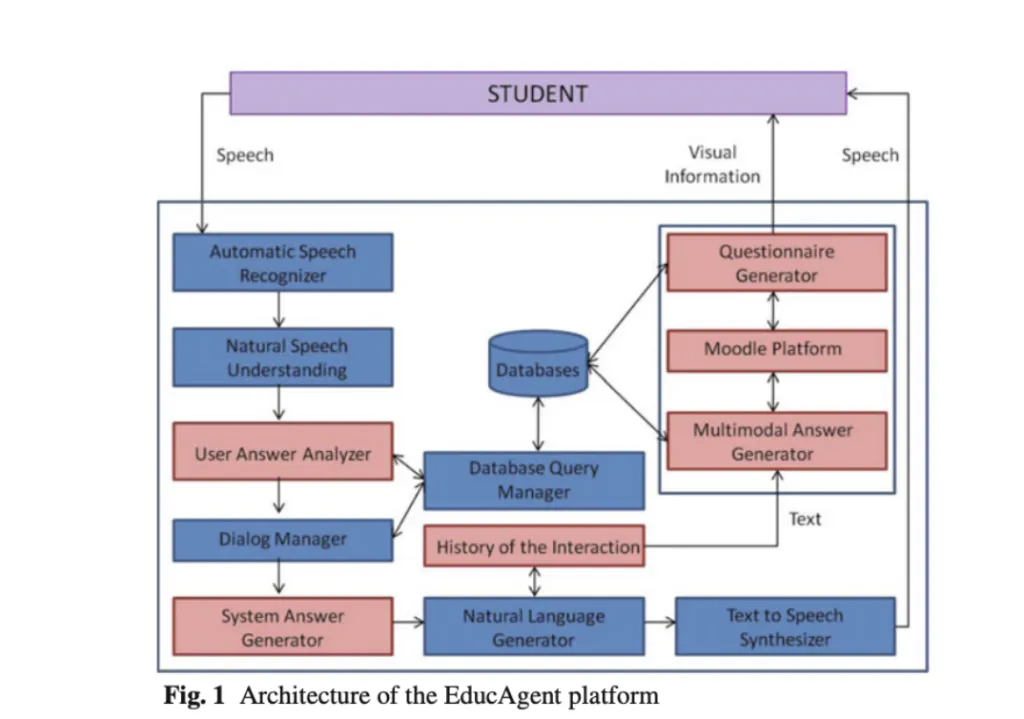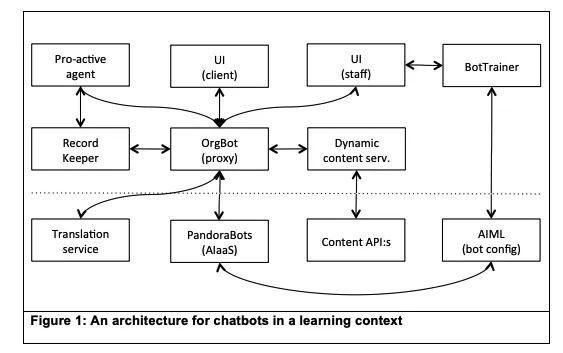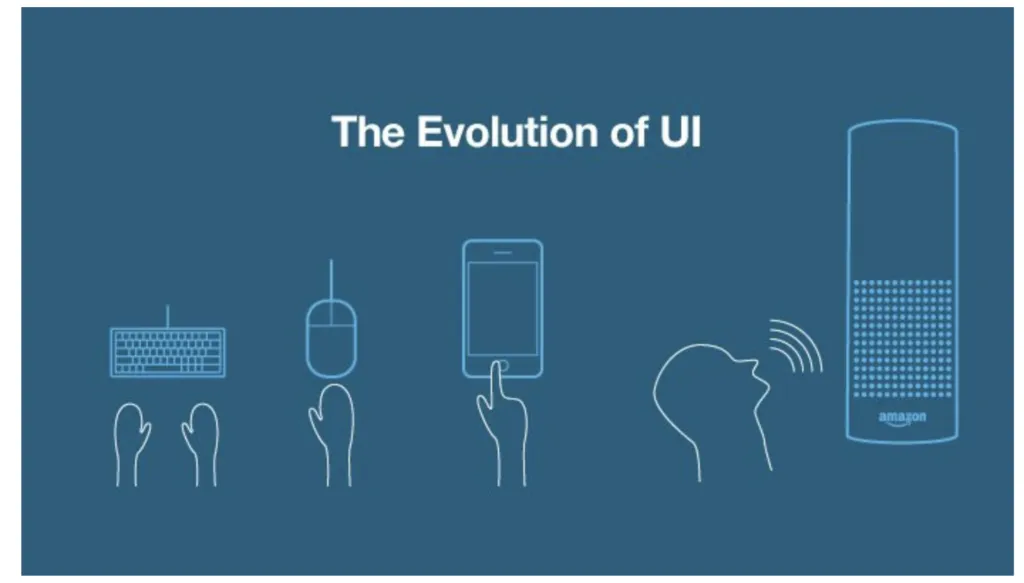How AI CUI Can Help Higher Ed
Blog: ProcessMaker Blog
Artificial Intelligence (AI) is showing great drive and promise in higher education. Yet the focus of AI has largely been on enhancing the learning experience, not in the registration and enrollment offices where challenges remain. Prospective students have difficulty navigating the ins and outs of financial aid, while current students often struggle with class enrollment. That’s where an artificial intelligence conversational interface can provide assistance to students in enrollment and registration.
What is artificial conversational interface (AI CUI)?
To understand our current relationship with AI we must look to the past. There has always been some sort of sci-fi mystery between man and machine. For decades scientists have tried to interact with computers through natural human commands. In 1960, ELIZA was created in an MIT AI Lab to emulate the behavior of a psychiatrist. Eliza was then followed by PARRY in 1972 and Jabberwacky in 1988. The challenge of early CUIs was that the software powering them was ruled-based. This meant that programmers had to predict and include every form that a command could be given to the application. As you can imagine, this wasn’t very efficient as the code became too convoluted and the developers often missed many ways the user might interact with the program. This is where natural language programming (NPL) and machine learning evolved the chatbot to what we know today.
According to Gartner, “AI conversational interfaces are a subset of conversational user interfaces (CUIs) in general, which is a high-level design model in which user and machine interactions primarily occur in the user’s spoken or written natural language.”

To break this down, a CUI is interacting with a computer on human terms. CUI allows the user to tell the computer what to do. Think of the CUI as an in-store retail associate with predefined scripts to respond to customer’s questions. CUI takes two forms: voice assistants and chatbots. Some common voice assistant CUIs in our current landscape are Alexa, Siri, and Cortana, while a common chatbot is Slack’s chatbot.
How AI CUI can help higher ed
With more and more universities struggling to fill classes by the May 1st deadline, AI CUIs can help prospective students by providing individual assistance 24/7. The process of applying to college involves several complex challenges, from completing financial aid, submitting transcripts, applying for student loans, and paying tuition. These challenges are especially difficult for students with low-income backgrounds who don’t have someone to help guide them through the process.
A prime case study can be found with Georgia State University. To combat summer melt — a term used to describe when high school students apply to college, get accepted, and plan to enroll but don’t, Georgia State University deployed a chatbot to engage prospective students. Students can ask questions about general topics pertaining to the university, to financial aid, and even registration. GSU saw a decrease in summer melt by 24% and a 3.9% increase in enrollment. In response to such success, Scott Burke, assistant vice president for undergraduate admissions stated, “Our No. 1 goal was to deploy a solution that would nudge and walk students through complex processes such as filing a FAFSA (Free Application for Federal Student Aid) as well as the basics of the admitted student next steps checklist in a personalized way. The process and results far exceeded my expectations.”

Another example of a university’s successful implementation of AI CUI is the Technical University of Berlin in Germany. Their chatbot named Alex, helped students navigate their way to scheduling their coursework. According to Times Higher Education, “Instead of searching through online timetables, students type normal questions to Alex, such as when classes are, who will be teaching them and what exams they have to take. The bot replies in natural-sounding sentences and can ask follow-up questions to get to the bottom of what a student really wants to know.”
Besides helping and guiding students through the enrollment and registration process, AI CUI is freeing up admissions and counselors to do more meaningful work. A prime example is documented in a Gartner Report, “Intelligent automation freeing up humans for more-advanced tasks or enabling use cases that would have been prohibitively time-consuming. A well-documented example is Georgia State University (GSU) staff needing to attend to less than 1% of the 50,000 text messages received from students.”
What’s the process in implementing AI CUI?
Start by thinking of frequently asked questions and other types of information requests. According to Designing Chatbots for Higher Education Practice, “A practice approach entails taking into account multiple stakeholders in the learning situation, and investigating the emergence of social practices and stakeholder interactions when introducing chatbot technology.” In other words, in order for a successful implementation of chatbot technology, you must be sure to involve key stakeholders throughout the entire process.

According to the paper, there are four categories that students generated through content analysis:
- Factual and general information
- This category encompasses general queries regarding the examination, attendance, and course literature of a class.
- Course content information and peer interaction
- This category covers the guidance needed for the student on how to proceed with course content.
- Self-statement or one-way information
- No reply is needed here, just a notification.
- Appeal
- Information exchange between student and professional.
Additional considerations to take note of when implementing AI CUIs are the following:
- A conceptualization of questions from learners – aiding designers in considering what type of questions and answers a Higher Education (HE) chatbot should support.
- A recommendation to deliver HE chatbot functionality within the existing “student ecosystem” of applications to promote accessibility and ease-of-use.
- An argument for supervised learning – due to the demand for quality-controlled responses from the chatbot, and a potential role of the chatbot as an agent exercising public authority.
- A reflection about the multitude of privacy norms that govern design – in this case, both educational norms, research ethics, and regulations to comply with third-party cloud services regulations.
The road ahead
As with any new technology, there can be a backlash. For example, some student users of AI CUI state that this information can be easily found in a FAQ or with a simple web search. This is an issue with most new technology, it isn’t good enough—yet. Yes, most common AI CUI’s like Alexa can answer simple broad questions about the weather, but in smaller environments, precise information tailored to an individual student may not be so easy. But as we gather more and more data about students, that might not be an issue for much longer.
The post How AI CUI Can Help Higher Ed appeared first on ProcessMaker.
